Description
Located in Baños de Río Tobía (Rioja Alta), in the coldest zone and limit of cultivation of the DO Ca. Rioja. They have vineyards that are over 90 years old and others planted in recent years with minority experimental varieties such as Maturana Tinta, Maturana Blanca and Tempranillo Blanco, among others, which have been recovered after a long research process. This commitment against the current to recover vine varieties in danger of extinction, has made it possible to recover unique varieties such as Tempranillo Blanco and Maturana Tinta.
Board Characteristics
Store: Own vineyards, in Baños del Río Tobía (La Rioja), carry out manual harvesting.
DOCa. The Rioja
Grade: 15%
Variety: 100% Grenache
CATA's notes: It is shown in a red glass, with purple flashes.
On the nose: strong aroma of red fruit (raspberry) is revealed.
In the mouth: fine tannins and great length are presented
Operating temperature: 16-18ºC
Preparation: Manual in box of 15 kgs. during the last week of October.
Vinification: Destemmed grapes that are concealed in 500-liter French Tronçais oak barrels and carry out alcoholic fermentation. No sulfur or other additives are used.
Aging: 11 months of aging on its lees in 500 liter French Tronçais oak barrels.
Pairing: At Made in Spain Gourmet we recommend it with Sausages / Grilled Vegetables / Stewed beef / Cooked, / Pasta with mushrooms / Grilled lamb and cured sheep and goat cheeses.
The project practices organic viticulture, in search of natural wines, faithful to the terroir, respectful of the environment, and healthy at the same time. No pesticides, herbicides or chemical fertilizers are used. In these years they have achieved a perfect adaptation of the vineyard to its natural complexity, as well as the development of resistance to diseases, promoting adequate and organic growth of the vines.
His winemaking philosophy is based on the concept of minimal intervention and the preservation of purity at all stages of viticulture and winemaking.
Its vineyards are located in Baños de Rio Tobia, in the highest and coolest area of Rioja Alta at an altitude of 565 to 750 meters above sea level.
The climate is influenced by the Atlantic, with cold winters, hot summers and long, mild autumns. The great fluctuation in temperature between day and night causes slow maturation, which is very suitable for the development of polyphenols and aromas and gives our wines great balance and elegance.
La Rioja Alavesa: the elite of La Rioja wines
La Rioja Alavesa is framed as a sub-zone in the Rioja Qualified Denomination of Origin. It has 13.500 hectares of vineyards and several hundred wineries, which result in an annual average of around 40 million liters of wine.
The area especially produces red wines with general specific characteristics, such as a bright and lively color, a fine aroma, a fruity taste and a pleasant palate. These peculiarities are due to the clayey-calcareous soils of the area, which are excellent for the vines to absorb the necessary moisture. The climate and the location of the vineyards also contribute to its quality, behind the Sierra de Toloño, which protects the vines from the cold north winds and allows the vines to take better advantage of the heat.
The reds are the most representative wines of the region and are made with the Tempranillo varieties (around 79% of the total is produced from this grape), Garnacha, Mazuelo and Graciano.
The young or red wines of the year are mostly made using the traditional method of carbonic maceration, in which whole clusters are fermented in a 'lake' for between seven and ten days. Once free of skins and scratches, they go to the vats where they will finish fermentation.
For their part, crianza, reserva and gran reserva wines are made using the Bordeaux or destemming process. It consists of breaking the grape, removing the stems and incubating the must with its paste for seven days. After several fermentations, they go to the barrels for aging. It will be the time spent in the barrel and in the bottle that will make the difference between crianzas, reservas and gran reservas.
Due to the fact that rosé and white wines are increasingly appreciated both inside and outside our borders, winemakers and oenologists work on the production of quality wines from these varieties, in a bid to approach all markets.


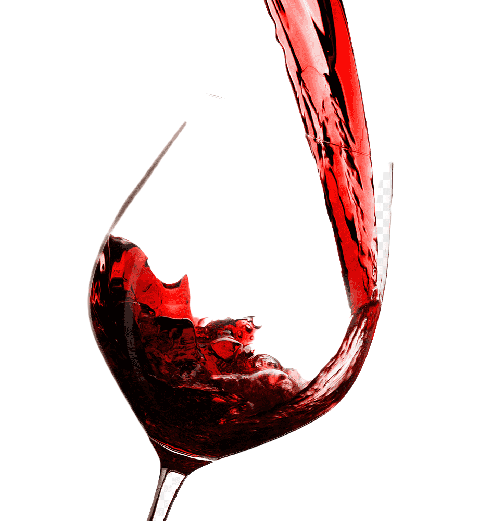
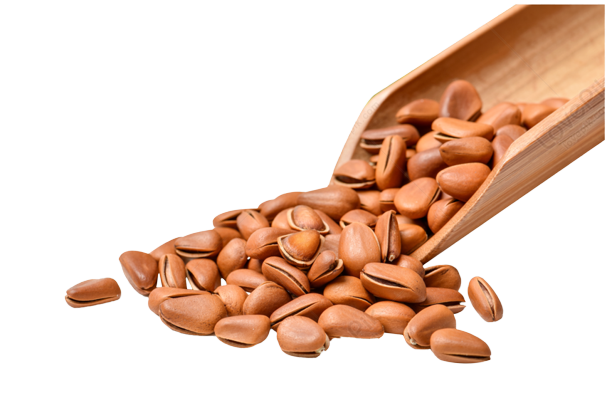
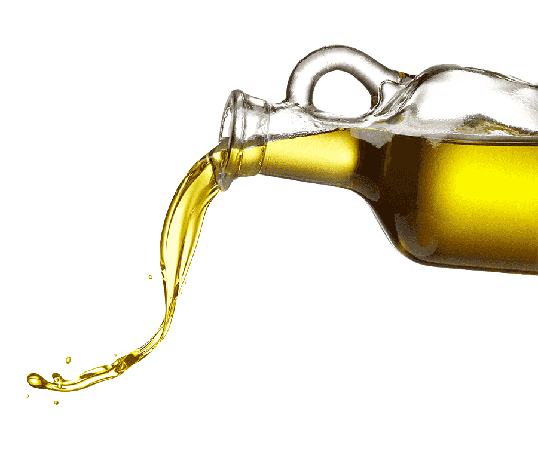

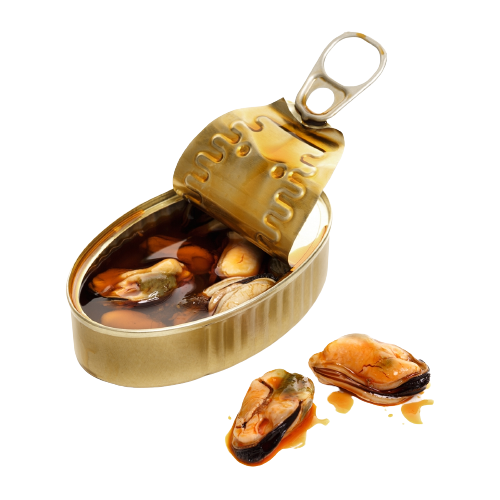
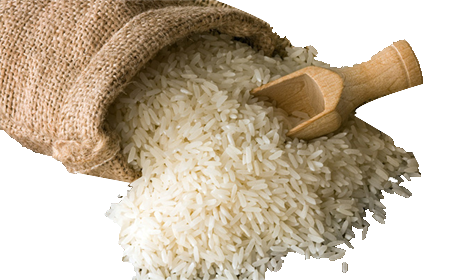
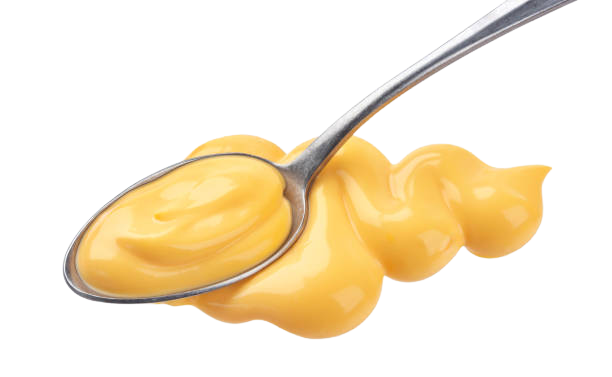
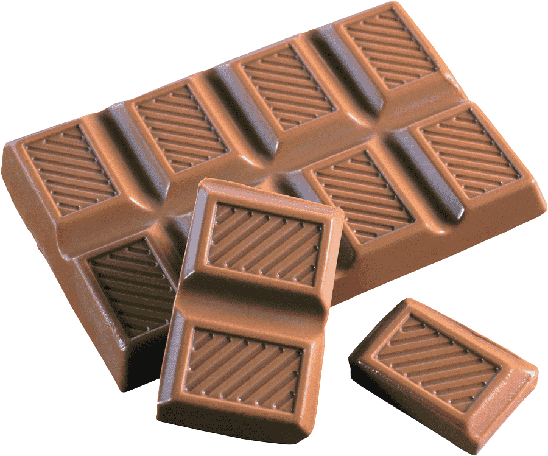


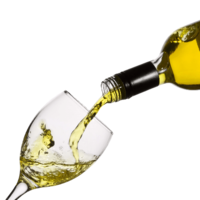
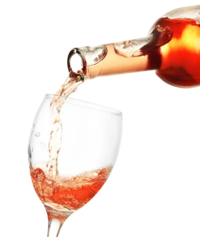
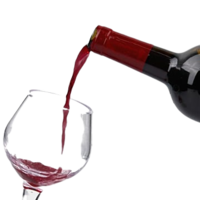

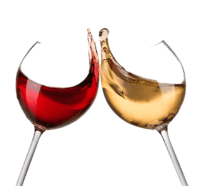
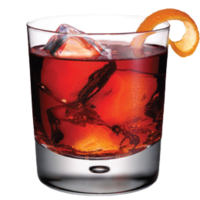

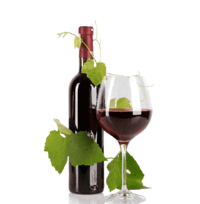
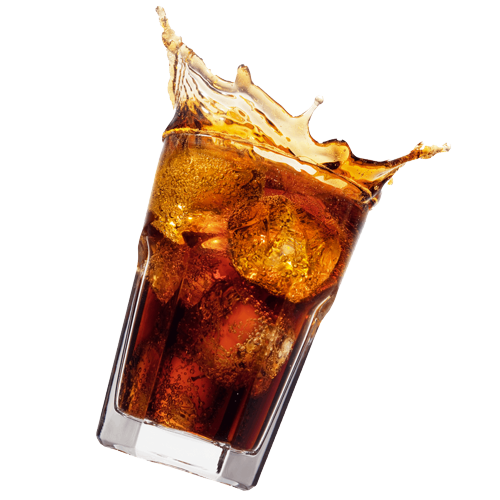
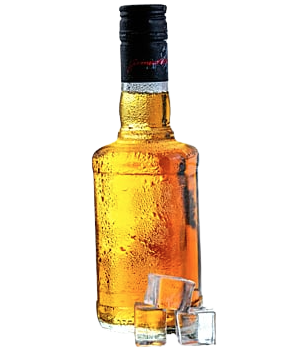
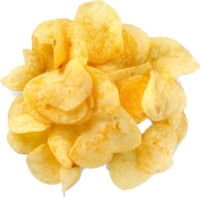

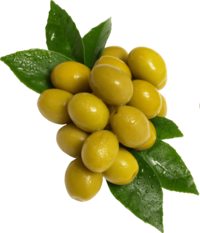
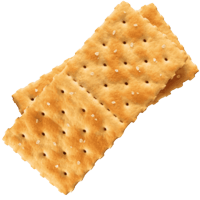
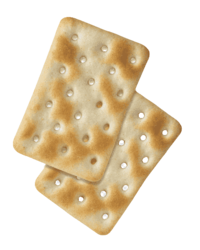
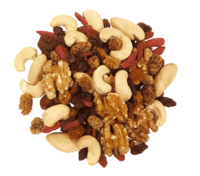

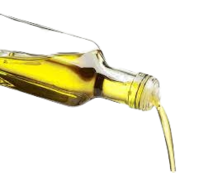

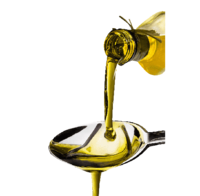
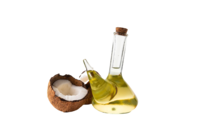




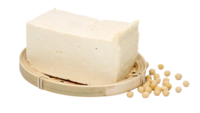
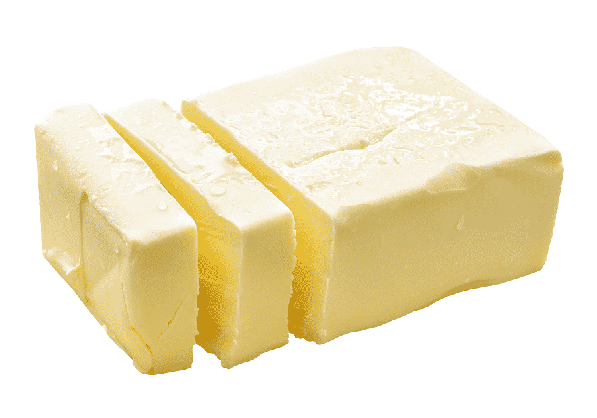
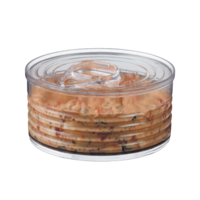
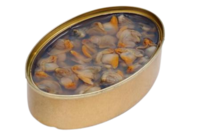
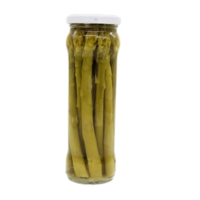
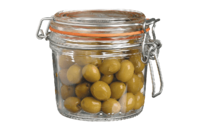
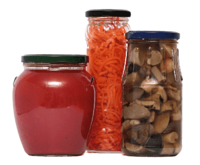
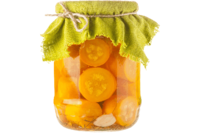
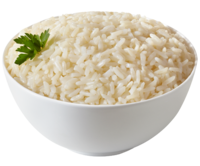
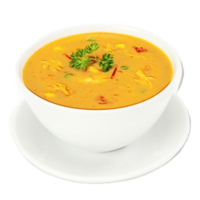
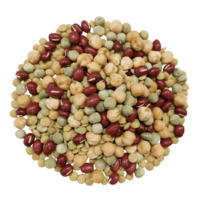
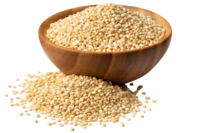
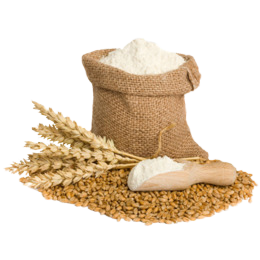
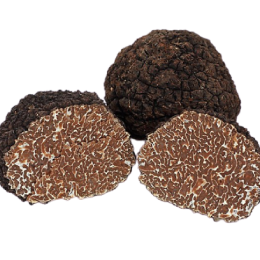
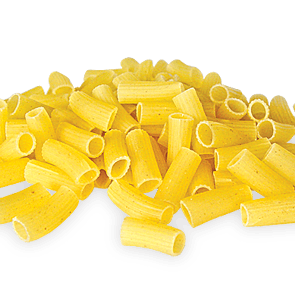

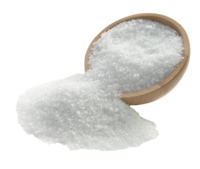
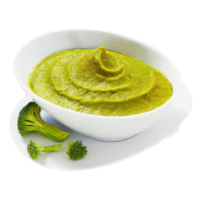
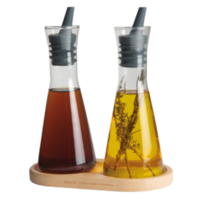
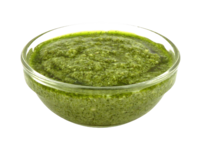
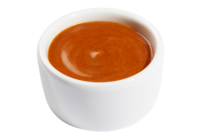
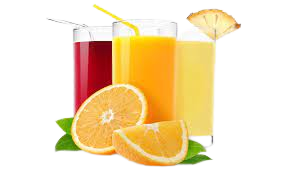
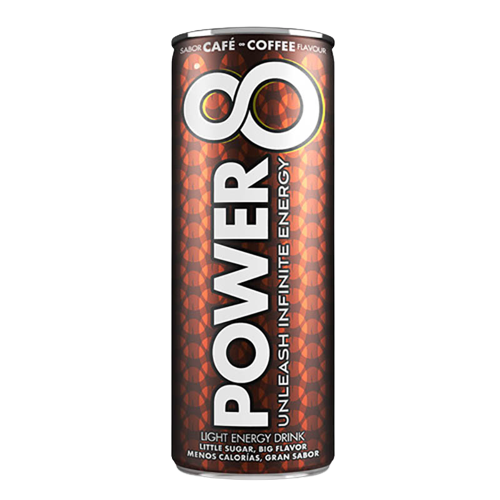
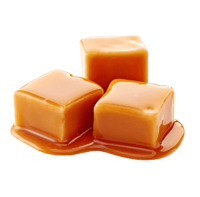

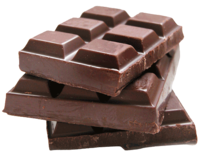
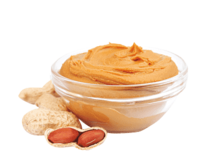
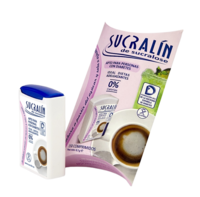

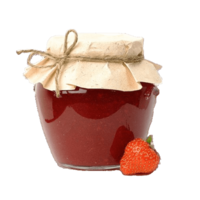
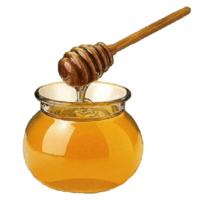
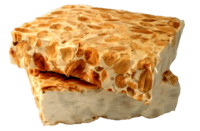

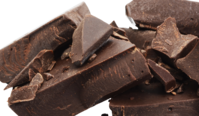
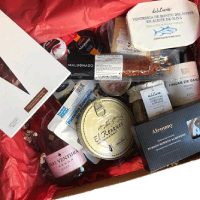
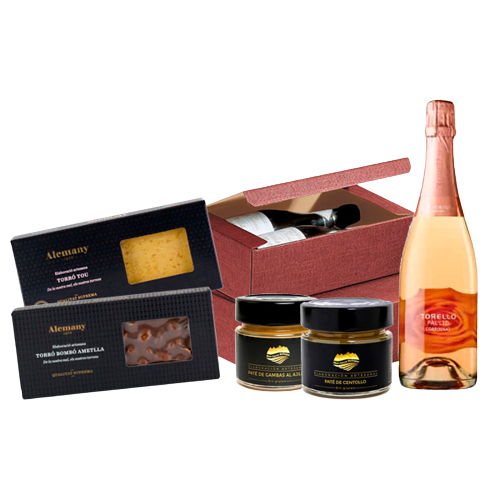
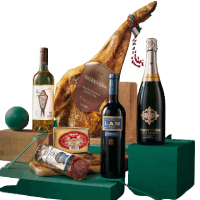

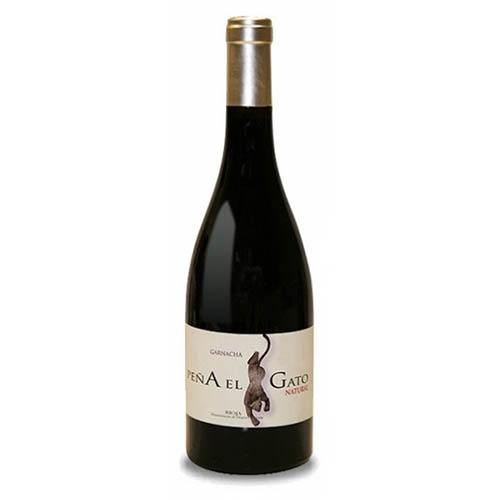



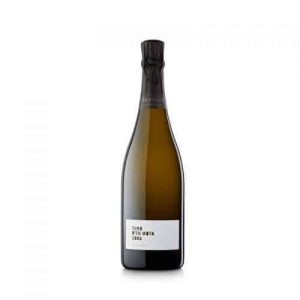
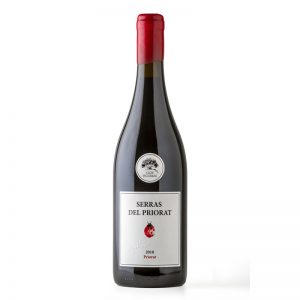
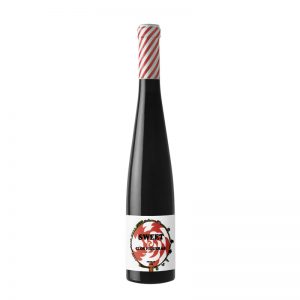
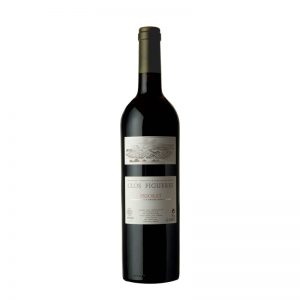



Israel Romero -
Wonderful, and very rich.